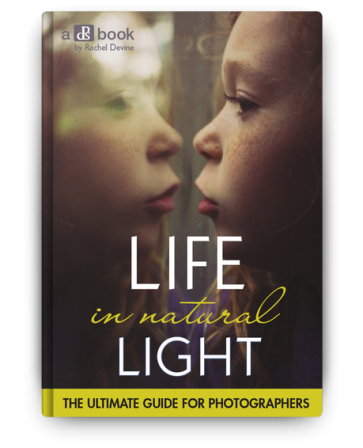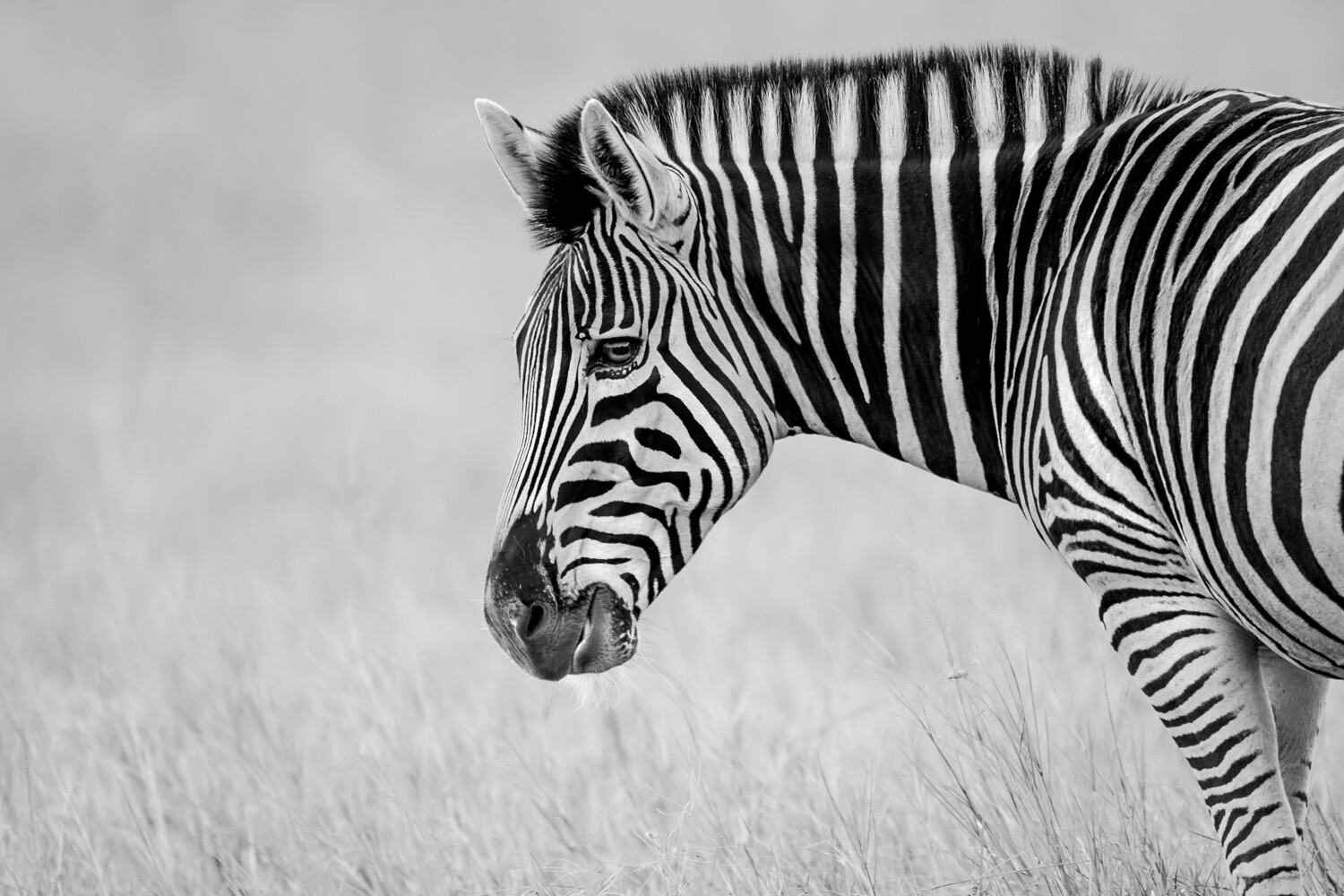This weeks free Ebook

I hope you're enjoying the free Ebooks. I know that taking Photography Courses can be expensive, so I'm currently posting one free ebook per week. (Feel free to share these freebies with your friends on Facebook, Twitter, SnapChat, Instagram, Pinterest, & Reddit) For those of you who'd rather learn faster, check out the website at the bottom of this page. Either way, thanks for stopping by, and enjoy.

The Photographer's Guide to Copyright
Get tips to keep your work safe, plus read in-depth interviews from photographers and experts from ASMP, including Executive Director Eugene Mopsik and General Counsel and Managing Director Vic Perlman, who address:- Major trends in copyright today.
- How to make copyright registration part of your workflow.
- The risks to weigh before posting your photos to social networks.
- What counts as “Fair Use”, plus major learnings from recent court cases.
- Copyright for motion and video.
- What it takes to bring an infringement case to court and ways to avoid it.
Get your free guide now
This guide will be emailed to you as a PDF. We won’t sell or distribute your email address. It’s protected by overly anxious celebrity dance competition finalists. Just copy & paste the link below into your browser, click, and get your free guide.
http://www.photoshelter.com/resources/photographers-guide-to-copyright












































